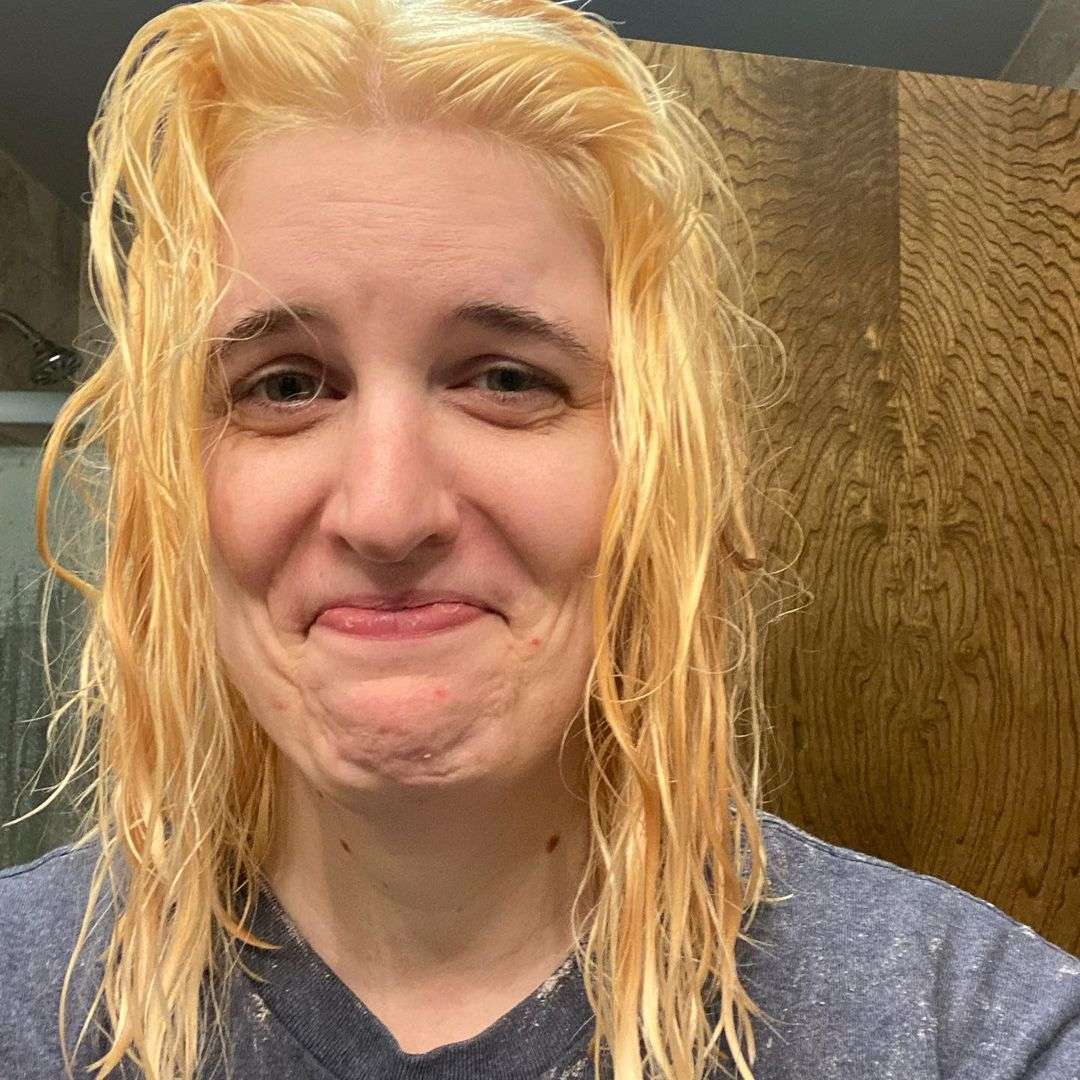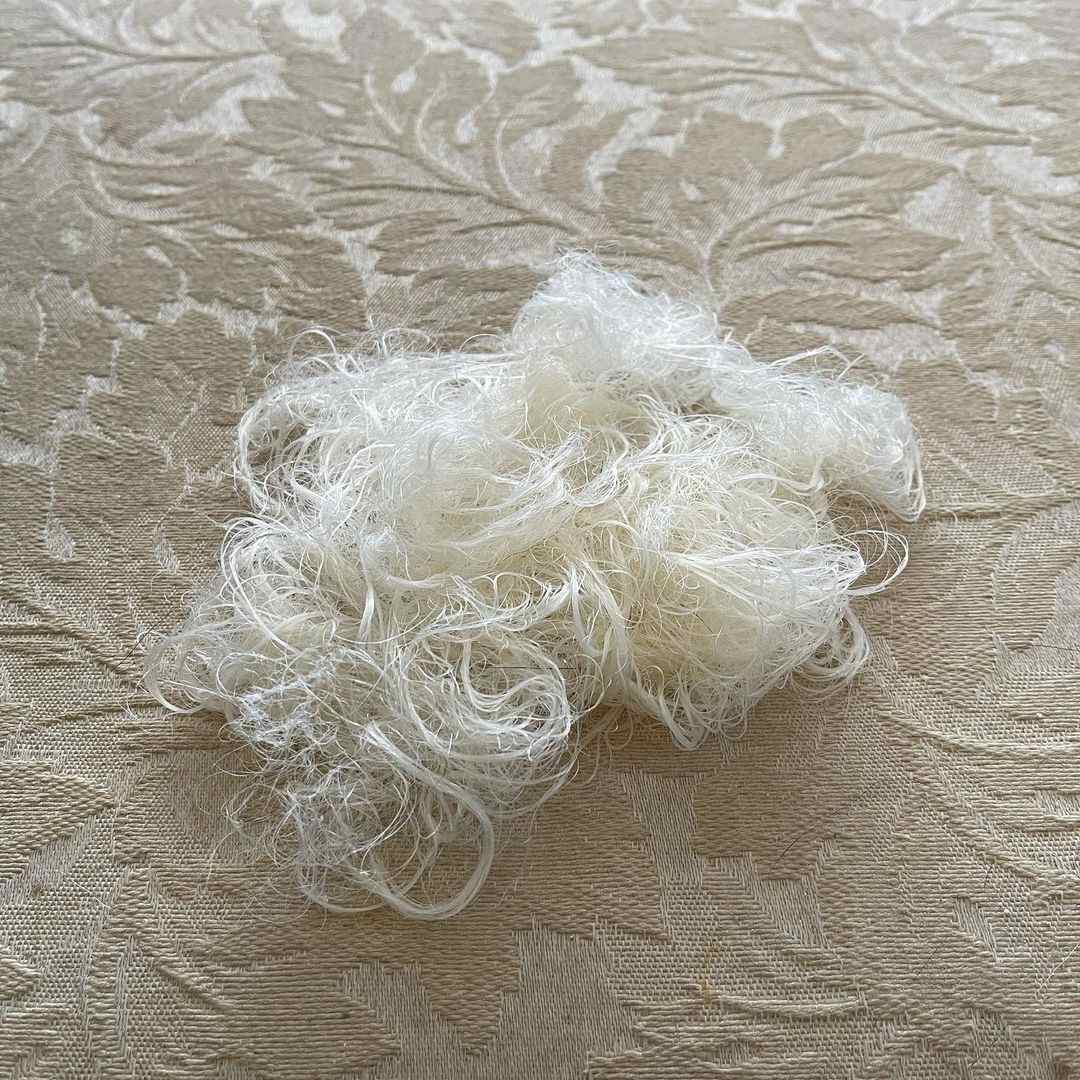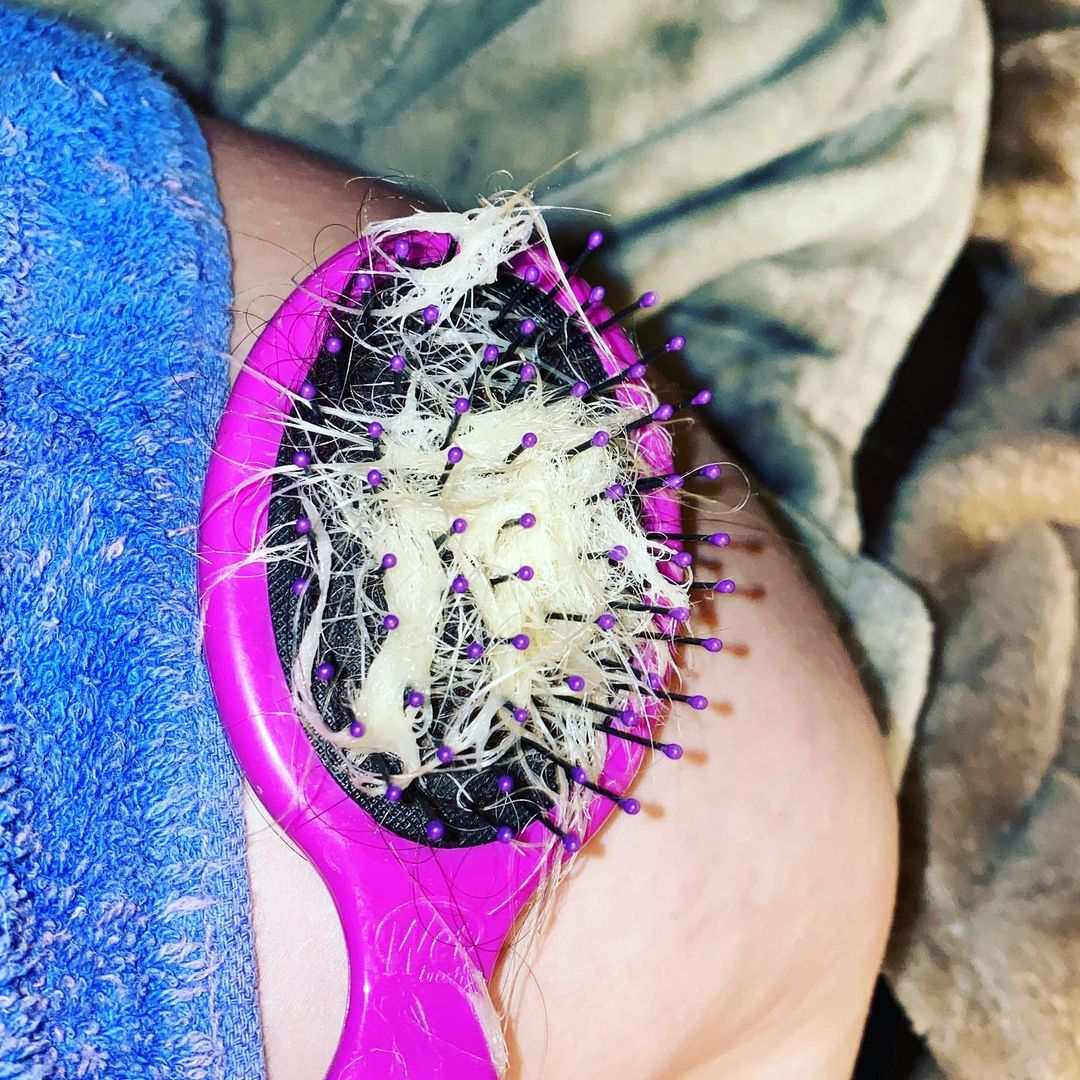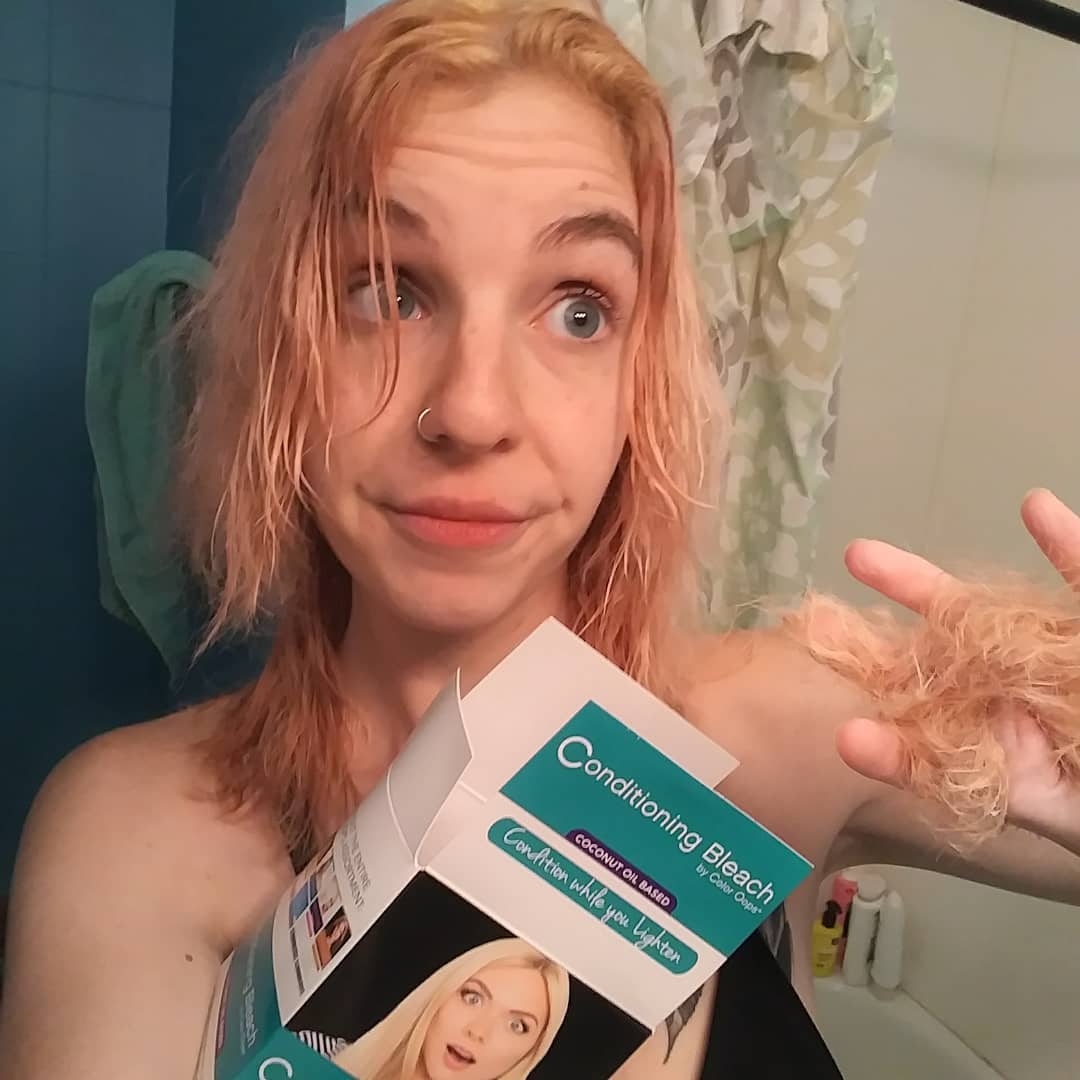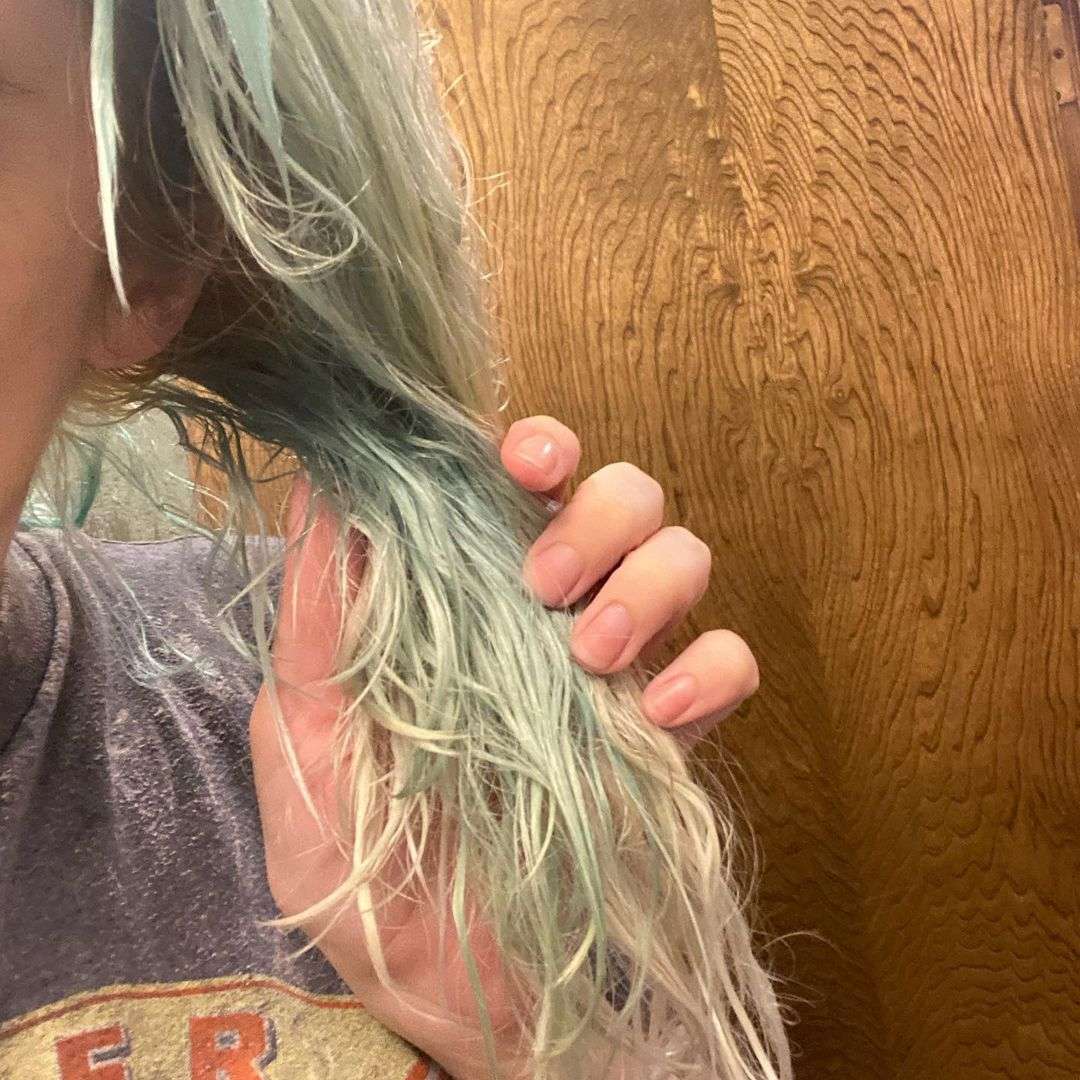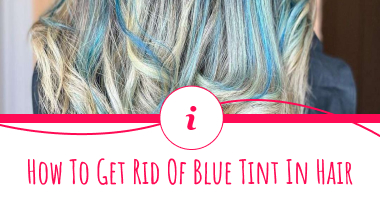Gummy Hair After Bleaching: Reasons & How to Fix
If you’ve ever bleached your hair, you know the importance of using a good quality shampoo and conditioner to protect it from the harsh chemicals.
But what do you do if you already have gummy bleached hair? How to fix stretchy hair after bleaching? Here are a few tips on how to repair gummy hair after bleaching.
What is gummy hair
Gummy hair is a type of hair that has been bleached and is left with a gummy texture. So hair just has been damaged by bleach. After you bleach your hair, it can become dry and brittle.
This is because the chemicals in the bleach strip your hair of its natural oils, which can make it difficult to style and maintain. This can happen if you overhold the bleach on your hair or bleach your hair many times in a row.
It is important to use a gentle shampoo and conditioner when cleansing gummy hair. Because hair is stiff and stringy, and can be difficult to manage.
When styling gummy hair, it is best to use a wide-toothed comb and avoid using hot tools. Gummy hair is more susceptible to breakage, so it is important to handle it with care.
There are steps you can take to repair stringy hair after bleaching, which we have described in this article. If you have bleached your hair and it is now gummy, there are ways to repair the damage.
How to fix gummy hair after bleaching
If your hair is feeling stiff, brittle, and dry after bleaching, it may be due to over-bleaching. To get rid of gummy hair after bleaching, you’ll need to give your locks some serious TLC.
We have described a few tips that should help you deal with this problem.
1. Go to hair salon
Rubbery hair is a result of over-bleaching. When your hair is over-bleached, the natural oils and proteins are stripped away, leaving the cuticle open and susceptible to environmental damage.
This makes your hair porous and prone to moisture loss, which in turn makes it harder to style and color. It also leads to frizziness, dullness, dryness and increased breakage.
To avoid these problems, you need to go to a hair salon with gummy hair. The stylist will be able to recommend the best products and treatments for your specific needs.
You need to go to hair salon with gummy hair because you need a professional to help remove the product from your hair and get it back to its healthy condition.
If you try to do it yourself, you could end up damaging your hair. A professional will know how to properly take care of your hair and get it back to its original state. But what if you don’t have the money for professional help?
2. Give your hair a break after bleaching
When you bleach your hair, it strips away the natural oils that protect your strands. This can leave your hair feeling dry, damaged, and frizzy.
To avoid gummy hair, you need to give your strands a break by using a deep conditioning treatment and avoiding hot tools. By doing this, you’ll help your hair recover from the bleaching process and prevent further damage.
If you’re looking to give your hair a break from bleaching, try using a semi-permanent hair color instead. This will give you the opportunity to change up your look without damaging your hair.
And if you do decide to bleach your hair again, make sure to use a gentle, low-volume formula and avoid over-processing.
3. Wash your hair less frequently
Bleaching your hair can strip it of its natural oils, leaving it feeling dry and looking frizzy. Washing it less frequently can help to preserve some of those oils and restore some of your hair’s shine.
Try going a few days between washes to see if your hair looks and feels better. Avoid using shampoo with sulfates. Shampoo with sulfates can strip your hair of its natural oils and make bleached hair even drier and damaged.
Instead, look for a shampoo that is sulfate-free and specifically designed for bleached hair. Be gentle when brushing your hair bleached hair is more fragile than unbleached hair and is more likely to break if you brush it too hard.
When brushing your hair, be sure to use a soft-bristled brush and take care not to pull or tug on your hair.
4. Switch to sulfate-free shampoo
Washing your hair with a sulfate-free shampoo will help to maintain the integrity of your hair. Sulfates are harsh chemicals that can strip your hair of its natural oils, leading to dry, brittle hair.
Also, sulfates can strip away any remaining pigment, leaving you with blond hair that’s dry, brittle, and prone to tangling. Switching to a sulfate-free shampoo will help keep your bleached hair healthy and shiny.
An organic shampoo will not contain any sulfates, parabens, phthalates, or other harsh chemicals that can be harmful to your hair. Instead, organic shampoos will help to replenish your hair’s natural moisture, leaving it looking and feeling healthy.
5. Use shampoo with protein
Shampoo with protein is a great way to add strength back to your hair after bleaching it. Protein is essential for hair growth and health, so using a shampoo that contains protein will help to repair any damage that has been done to your hair.
Look for a shampoo that is specifically designed for chemically treated hair, as it will contain more protein than a standard shampoo.
Apply the shampoo to wet hair and massage it into your scalp for a few minutes before rinsing it out. Follow up with a conditioner to help lock in the moisture.
6. Oil your hair and massage your scalp
If you’ve bleached your hair, it’s important to keep it healthy and conditioned. One way to do that is by oiling your hair and massaging your scalp.
This will help to keep your hair follicles healthy and moisturized. Additionally, massaging your scalp regularly can help improve blood circulation and promote healthy hair growth.
7. Deep conditioning treatment
A deep conditioning treatment is a must after bleaching your hair. The bleach can be very drying, so it’s important to use a conditioner that will help to replenish the moisture that has been lost.
Look for a conditioner that is high in protein, as this will help to rebuild the damaged hair strands. Be sure to leave the conditioner on for at least 15 minutes, and then rinse thoroughly.
You may need to do a deep conditioning treatment once a week, or more often if your hair is very dry and damaged. You also can apply a thick coating of conditioner to your hair, and then wrap it in a warm towel or put on a shower cap.
Leave the conditioner in for at least 30 minutes, then rinse it out thoroughly. Your hair should feel softer and smoother after this treatment.
8. Natural recipe for gummy hair
Bleaching your hair can be a great way to achieve the blonde look you’ve always wanted, but it can also leave your hair feeling dry and brittle. If you’re looking for a way to repair the damage done by bleaching, try this natural recipe for gummy hair.
Ingredients:
- 1/2 cup olive oil
- 1/4 cup honey
- 1 egg
Instructions:
- Heat the olive oil in a small saucepan over low heat.
- Add the honey and egg and stir until well combined.
- Apply the mixture to your hair and massage it in thoroughly.
- Leave it in for 20 minutes, then rinse with warm water.
Your hair will be soft, shiny, and damage-free in no time!
Another natural recipe to help improve the condition of your hair is a mixture of olive oil, honey, and lemon juice. To make this remedy, mix together one tablespoon of olive oil, one tablespoon of honey, and the juice of half a lemon.
Apply the mixture to your hair, making sure to coat all of the strands, and leave it in for about 20 minutes. Then, shampoo and condition as usual. This treatment should be done once or twice a week for best results.
Unfortunately, there is no perfect natural recipe for hair damage. However, there are some things you can do to help minimize the damage and promote healthy hair growth.
Try using a hot oil treatment once or twice a week. This will help to nourish and seal in the moisture, repairing any damage that has been done. Increase your intake of healthy fats and proteins.
These nutrients are essential for healthy hair growth, so be sure to include them in your diet. Some good sources of healthy fats include olive oil, coconut oil, avocados, and nuts. Good sources of protein include eggs, fish, chicken, and beans.
Finally, give your hair some extra TLC by using gentle brushing and detangling techniques. Be sure to avoid any harsh pulling or tugging, which can further damage your hair. By following these tips, you can help to repair any damage that has been done to your hair and promote healthy growth.
9. Cut off gummy hair
If none of the above helped you, the best solution is to cut off the damaged hair. It’s hard to do, but it’s better for your hair. You need to cut off damage hair because it will not grow back healthy.
When the hair is damaged, the follicles are weakened and the new hair that grows in will be weak as well. This can cause breakage and lead to bald patches. In order to keep your hair looking its best, it’s important to cut off any damage before it becomes too severe.
FAQ
What does it mean when hair is gummy?
When your hair feels gummy or glue-like, it usually indicates that your hair’s internal support system is severely damaged. This can happen if your hair is subjected to chemical treatments too frequently or has received a lot of damage.
What does gummy hair feel like?
When your hair is severely damaged, it may have a gummy or sticky sensation and appear clumped together. It’s difficult to comb through, and the brush will frequently break at each pull.
What to do if I don’t want to cut all my gummy hair?
You could restart from the beginning by removing all of the gummy hair. If you don’t want to go that far, you’ll have to get trims every six to eight weeks. Trims will help prevent hair breakage, which can lead to additional damage.
Summary
Bleaching your hair can be a great way to achieve the blonde look you’ve always wanted, but it can also leave your hair feeling dry and brittle.
If you’re looking for a way to repair the damage done by bleaching, try our tips for gummy hair. We hope this will help you keep your hair healthy!
Also read:
- Black Hair With White Underneath
- Can You Dye Your Hair With Product in It
- Wella T18 Toner Before and After on Orange Hair
- Wella T28 Before and After
- Wella T14 Before and After
- Coconut Oil Ruined My Hair
Table of Contents
ToggleAllyson Carter
Ally is a professional hairstylist with more than 6 years of experience, but hair has been her passion since early childhood. Here, at Hair Spies, she blogs about all things hairdressing, hair tools, and everyday hair care. Read more about Allyson here.
